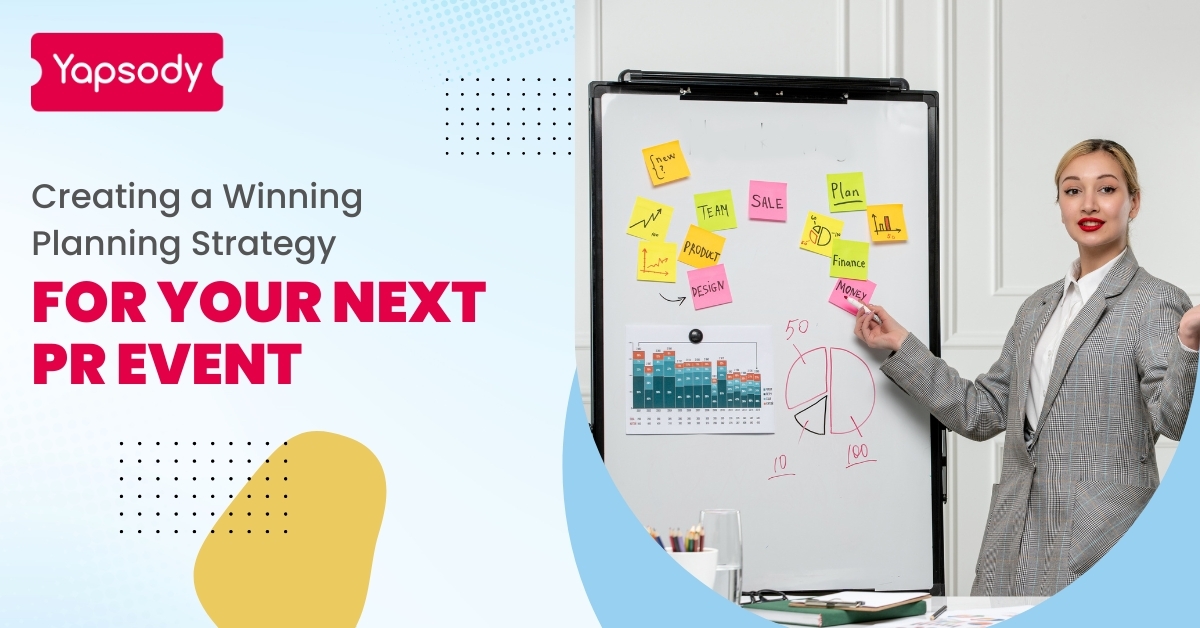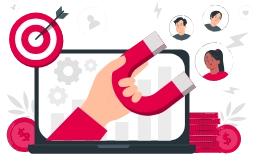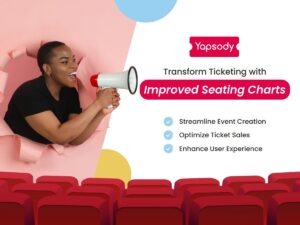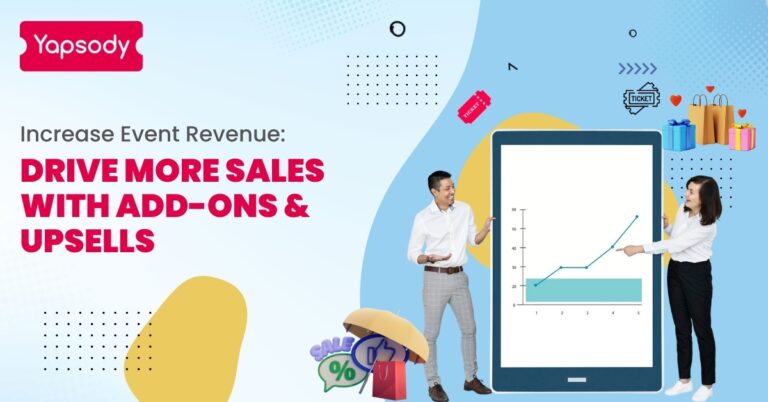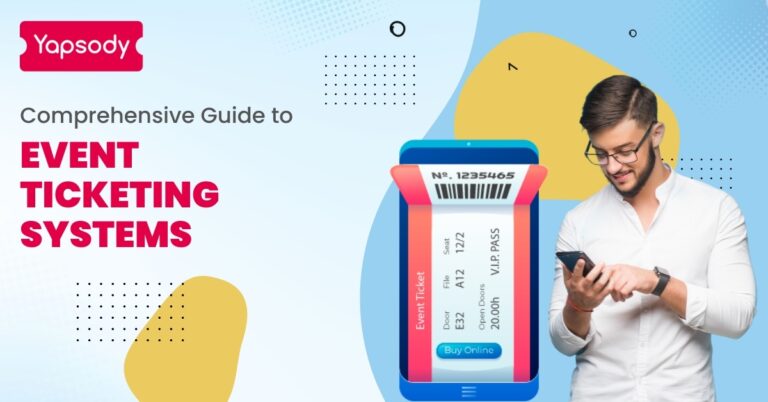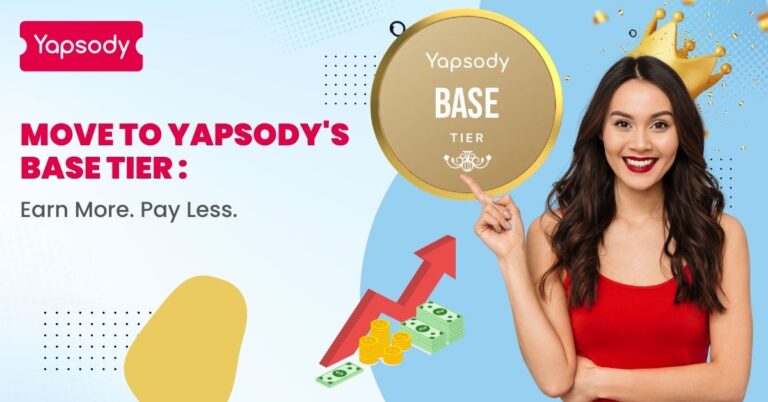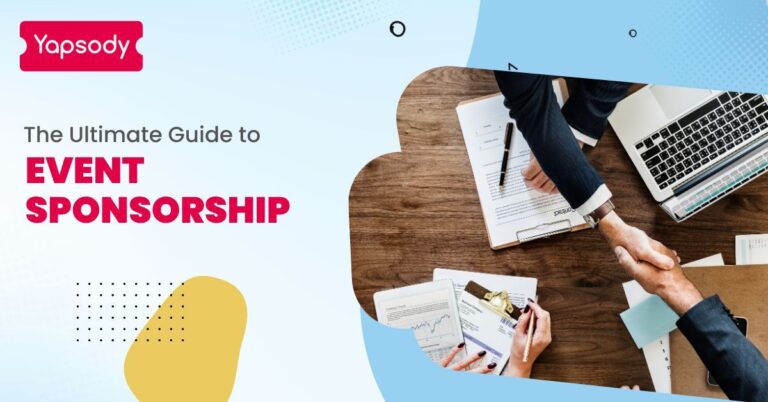Ever wondered why some PR events make headlines while others fade into the background? The secret often lies in expert PR event planning.
In this guide, I’ll share the strategies that have transformed my PR events from ordinary to unforgettable. I’ll show you how to engage your target audience, make your upcoming event the talk of the town, and ensure people keep talking about it long after the lights go out.
Let’s dive in and turn that buzz into reality!
Why Adopt a PR Event Planning Strategy?
PR events are a powerful tool to engage audiences directly and create memorable experiences. They’re great for generating media coverage for the brand, too. In fact, 63% of journalists appreciate pitches about new and upcoming PR events.
That doesn’t mean you can just set up the first PR event idea that comes to mind.
When I think about what makes a PR event stand out, planning always plays a starring role. Without a strategy, you can’t ensure a seamless event experience and maximize the benefits you can get from PR events.
A good PR event planning strategy helps you:
Reach a Wider Audience: Whether it’s a music festival or a kid’s event, effective PR event planning involves a creative mix of organic social media promotions, influencer outreach, and offline marketing. This approach ensures your message gets across to a diverse and broader audience.
Shape PR Event Perceptions Effectively: By highlighting unique features and benefits, and leveraging engaging narratives as part of good PR event planning, you can shape audience perceptions of your event. You can frame it as an important and exciting occasion, making it the go-to event for potential attendees.
Boost Brand Recognition: Effective PR event planning does more than fill empty seats. From generating early buzz with engaging event descriptions to capturing post-event highlights, it helps you increase audience engagement and leave a lasting impact as a brand.
Overall, with a good PR event planning strategy, you can transform your event into an experience attendees will never forget. People won’t only talk about your event but also see it as a model of success. Your brand will be the talk of the town long after the occasion, too!
Steps of a Winning PR Event Planning Strategy
Creating a winning PR event planning strategy doesn’t have to be overwhelming. Over the years, I’ve boiled it down to key steps that any event manager can follow. If you don’t have the time to do all these, you can always work with an experienced PR service provider. A good one will know exactly how to set up your PR event and craft event messages that connect with your audience.
Now let’s dive into these steps:
1. Identify Your Event Goals and Target Audience
Every successful event starts with a clear vision. What are the primary goals of your PR event? Whether it’s boosting your brand’s visibility, generating sales for a new product, or enhancing community engagement, defining these goals is crucial.
But knowing your goals isn’t enough—you also need to identify your target audience. This could be a wide range, from industry professionals and local community members to potential customers interested in your offerings. Pinpointing your audience allows you to tailor your efforts more effectively.
Once you’ve identified your target audience and event goals, you can determine the type of event to set up. Assume your target audience is composed of tech-savvy and tech-oriented individuals and your event goal is to boost sales for your newest product. Then you should consider a launch event that allows them to experience the product instead of a product development lecture that might just bore them. On the other hand, if your target audience supports specific social causes and your event goals are to boost brand awareness, then a related charity fundraiser could work.
Setting these foundational elements from the start will ensure your public relations event campaign has direction.
2. Create an Event Timeline with Checklist
Now it’s time to plan your PR event. When I plan an event, I always set up a detailed event planning timeline with a checklist. This keeps things organized and ensures every part of the PR event unfolds perfectly and on schedule. Follow these tips when creating your own:
Set Target Date for Achievement of Milestones: I start by plotting out the major milestones. From the kickoff of the promotional campaign to the big day itself, each key date is mapped. This helps me visualize the journey to the event and ensures that every phase receives the right focus at the right time.
Develop a Detailed Checklist of Things to Do and Associated Dates: Naturally, there’ll be things to do before you can achieve your set PR event milestones. I map these out as well. Here are some components I include:
- Media Outreach: I mark specific dates for crafting and sending out press releases, and engaging with the media and the relevant journalists. Planning this ensures I don’t miss any critical windows for exposure.
- Social Media Promotions: I schedule when to launch each part of the social media campaign. This includes everything from initial announcements to last-minute teasers that can drive excitement and attendance.
- Vendor Coordination: I set deadlines for confirming details with key vendors, from caterers to tech support. Understanding the types of different vendors ensures all logistical elements are aligned and ready.
I regularly review the timeline to make sure everything is on track or adjust where necessary. Being flexible allows me to respond to unexpected challenges or take advantage of new opportunities that arise.
By keeping a detailed event timeline and checklist, I ensure everything is managed smoothly. This approach guarantees a seamless experience for my PR event organizing team.
3. Create Your Event Pitch and Send It
Remember when I said I specify the dates for my media outreach in my event plan? Well, before you can do this, you’ll need a pitch to send in the first place. It should make them interested enough to cover your upcoming event.
Determine what features set your PR event apart. Is it a celebrity guest, a Q&A session, or perhaps a unique event theme?
The basic event information is just as important. Determine your venue details, and event time and date, too, alongside the instructions potential attendees should follow to obtain tickets and any necessary contact information.
Once you have all those critical components of an event pitch, you can start putting everything together in a media kit. The components of the kit vary depending on the PR event, but it typically includes a press release and relevant pictures.
Make sure the pictures you include in your media kit are high-quality.
When writing your press release, incorporate your PR event’s unique features in the first few paragraphs. Make sure the basic event details are also easy to understand. Use simple language. Bullet points can also help make this important event information stand out.
Finally, leverage tools like a conclusion generator to create powerful endings for your press release. This ensures it leaves a lasting impression.
You can send the media kit to relevant media contacts via email before the event. More than 60% of journalists don’t have a preference for what day of the week you should send your pitch.
By creating a strong pitch, you can have a standout campaign that will prompt journalists to cover your event and get the word out to as many other potential attendees as possible.
4. Get the Word Out to More People
Don’t just rely on the media to spread the word about your PR event. Create other promotional collateral to increase other people’s awareness as well. Follow these tips to get the word out to more people:
Use Multiple Promotional Strategies: Spread your messages through other multiple tactics. This includes sending your press release to PR distribution services, listing the event on event platforms, sending emails, influencer marketing, and organic social media marketing. When budget permits, I also leverage paid advertising on platforms like Facebook and Google, targeting specific groups to boost visibility and drive ticket sales.
I choose each method based on where different parts of my audience like to get their information. This optimizes my event marketing strategy to ensure maximum reach and engagement.
Boost Social Media Activity:I enhance follower engagement through social media by responding to comments and posts related to my upcoming event. This is also a great way to further boost awareness of the occasion. After all, my replies will also be seen by my follower’s own network.
Be Consistent: I don’t just announce the PR event once. I keep sharing updates, new details about the event and highlights about what to expect. This keeps the event fresh in people’s minds and encourages them to sign up.
By using these strategies, I make sure my PR event messages reach a broader audience, and get them excited and ready to attend.
5. Create a Back-up Plan and Monitor
When D-Day comes, all you need to do is continue following your event timeline and checklist.
But it’s also crucial to be ready for any surprises. Even with great planning, unexpected things can happen. Maybe a speaker cancels at the last minute or the weather turns bad for an outdoor event.
That’s why I always have a backup plan ready. This could mean having a list of backup speakers or a plan for moving the PR event to indoor event spaces. Being prepared helps me handle surprises without panic.
You also need to keep a close eye on your ongoing PR promotions and event so you can make adjustments if needed. Here are some tips to follow:
Leverage Technology: I use various tools to monitor how well (or poorly) our event promotions are performing. This includes social media management software to see how much our event is being discussed online, analytics tools to track clicks on our ads and organic content, and ticketing software to monitor sales.
Gather Direct Feedback in Real Time: During the PR event, I keep collecting feedback from attendees. This could be through quick social media polls or short surveys distributed on-site. This immediate feedback is gold—it tells me what attendees are enjoying and what could be better, allowing me to make on-the-spot adjustments.
The insights gathered from monitoring and feedback can help you, not just improve your current event, but also plan better for future events. Knowing what worked and what didn’t will allow you to fine-tune your approach, making each PR event more successful than the last.
Conclusion
As we wrap up this guide on creating a PR event planning strategy, remember that the real success of your event depends on how well you prepare for it, and how you adapt to feedback and changing circumstances.
Don’t just announce your PR event. Keep the conversation going through effective event promotion. Also, leverage technology. Monitor your PR event and promotions so you’ll know what works and doesn’t, and adjust.
Ready to Create Your Own PR Event?
With the right strategy, your PR event can be the talk of the town, and we’re here to make that happen. Yapsody’s event ticketing platform is designed to help you sell tickets seamlessly while providing all the tools you need to manage a successful event from start to finish.
Whether you’re hosting a product launch, charity event, or brand awareness campaign, Yapsody makes event ticketing easy, with features like reserved seating, ticket scanning, and detailed reporting to ensure everything runs smoothly.
Don’t wait—turn your PR event vision into reality! Sign up today and create an unforgettable experience with Yapsody.
